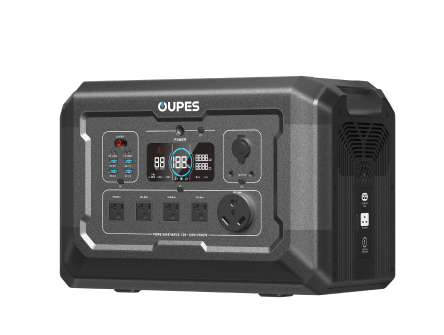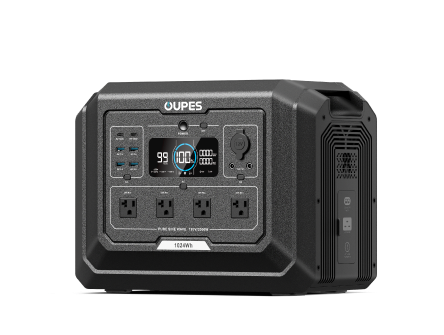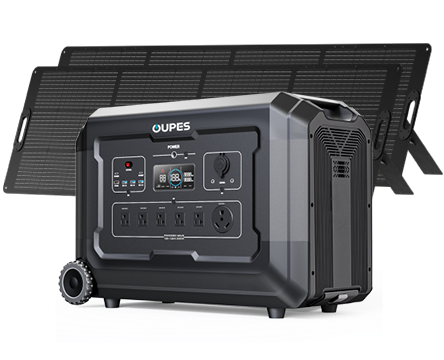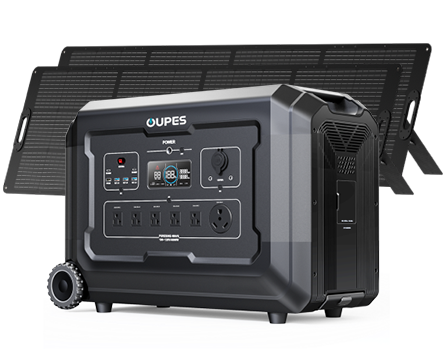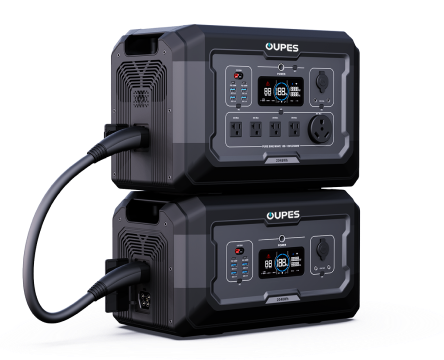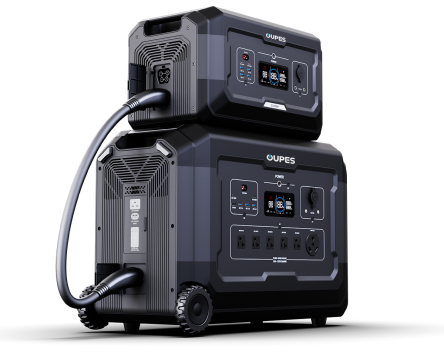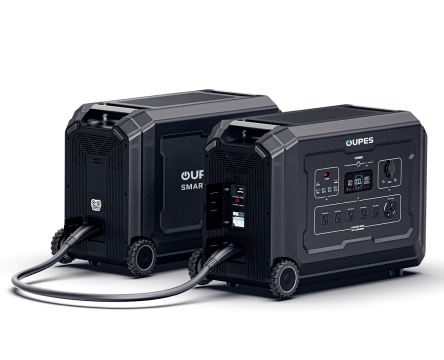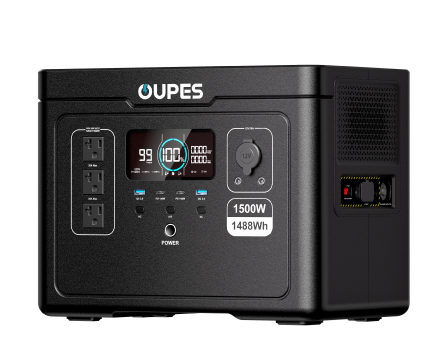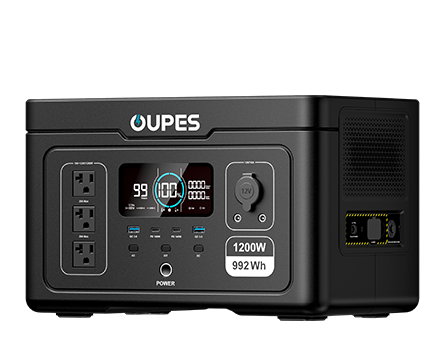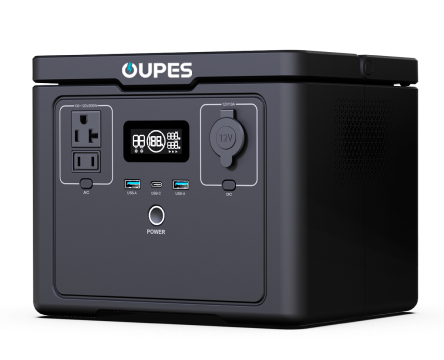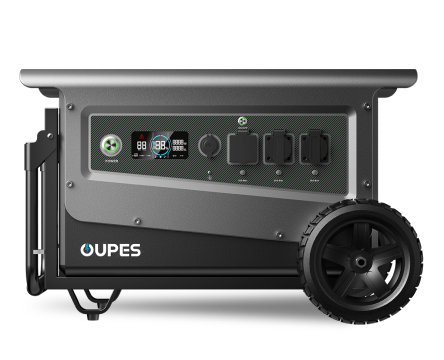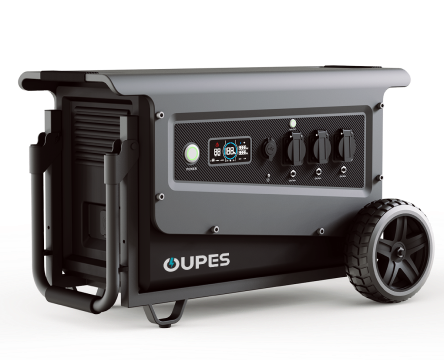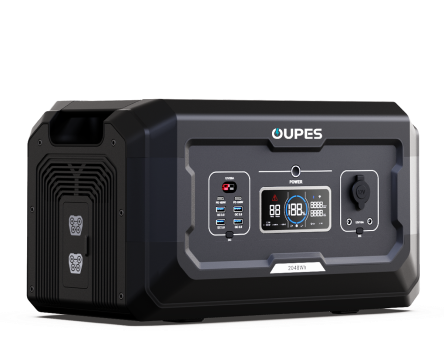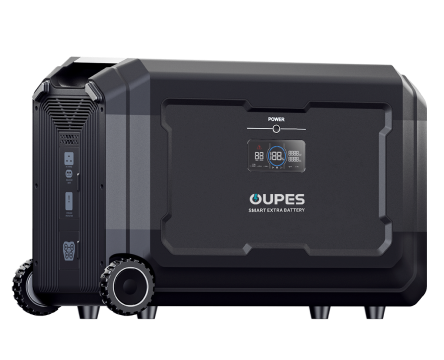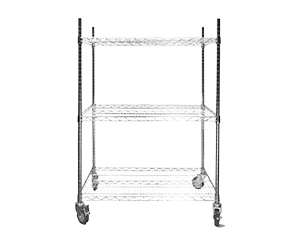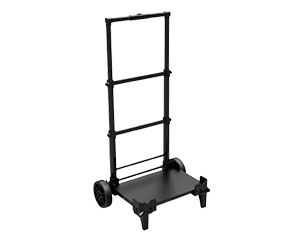
Introduction to Battery Capacity
When selecting batteries, the term "Ah" (ampere-hour) plays a pivotal role in determining runtime and power delivery. This metric is essential for powering portable devices, vehicles, or solar energy systems. In this article, we explore the meaning of Ah, its impact on performance, and practical considerations for choosing the right battery.
What Is Ampere-Hour (Ah)?
Ampere-hour measures a battery's charge capacity, indicating how much current it can supply over time. For example, a 10Ah battery can theoretically deliver 10 amps for 1 hour or 1 amp for 10 hours. Real-world performance depends on factors like load, temperature, and efficiency.
Why Ah Matters
Ah determines runtime across applications such as portable power stations, electric vehicles, and solar generators. It also guides power system design—matching battery capacity to energy needs ensures reliable backup solutions.
Ah and Battery Performance
Voltage and Energy Capacity
Ah alone doesn't define total energy storage. Use this formula with voltage (V) to calculate watt-hours (Wh):
Watt-hours (Wh) = Ampere-hours (Ah) × Voltage (V)
A 12V 100Ah battery stores 1200Wh, a critical metric for solar systems and power stations.
Discharge Rate Considerations
Discharge rates affect efficiency. Lithium-ion batteries maintain performance under high loads, while lead-acid batteries may struggle. Depth of discharge (DoD) further impacts usable capacity.
Ah in Practical Applications
- Portable Power Stations: High Ah ratings enable extended runtime for devices. For example, the OUPES Mega 2 Power Station (2048Wh) supports appliances like laptops and mini-fridges.
- Solar Energy Storage: Off-grid systems use high-Ah batteries to store surplus solar energy for nighttime use.
- Electric Vehicles: Higher Ah values correlate with longer driving ranges.
- Marine Batteries: Deep-cycle designs prioritize sustained Ah output for onboard electronics.
Choosing the Right Battery
Key Considerations
- Calculate total energy needs (Wh) to determine required Ah.
- Prioritize lithium-ion chemistry for higher energy density and longevity, as seen in OUPES products.
- Factor in cycle life and charging habits for long-term reliability.
Conclusion
Ah remains a critical metric for evaluating battery capacity, but must be analyzed alongside voltage, discharge rates, and chemistry. By understanding these relationships, users can optimize energy solutions for both efficiency and durability.

